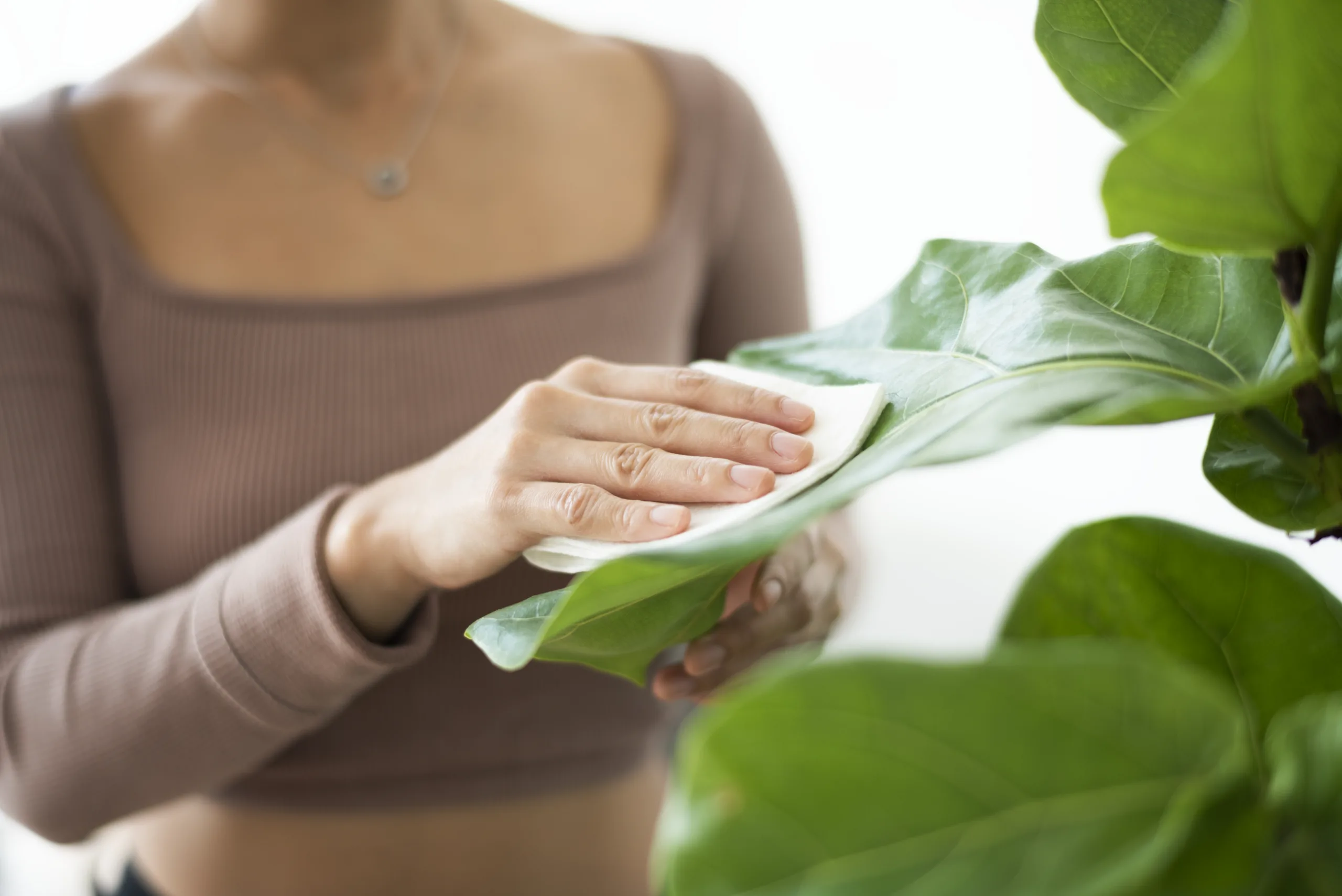
In order to maintain the health and appearance of indoor plants, it is important to prioritize leaf shine. Clean, glossy leaves not only enhance the aesthetic appeal of plants but also contribute to their overall well-being.
It is essential to follow the best practices for leaf shine in order to avoid any harm to the plants.
Using chemical-laden cleaning products should be avoided as they can be harmful to indoor plants. Instead, natural alternatives can be utilized.
Regular dusting is crucial to remove dirt and debris that can block sunlight, impeding the plants’ ability to carry out photosynthesis. For more stubborn dirt, a solution of soapy water or rubbing alcohol can be used. Banana peels can be gently rubbed on the leaves to provide a natural shine.
Alternatively, natural oils such as coconut oil or neem oil can be applied to the leaves for added shine. A mixture of vinegar or lemon juice with water can also serve as an effective cleaning and shining agent.
Another method involves using a combination of half milk and half water. It is important to note that commercial leaf-shine products should be avoided to prevent any harm to the indoor plants.
Key Takeaways:
- Regular dusting is essential to remove dirt and debris from indoor plant leaves.
- Avoid using chemical-laden cleaning products and opt for natural alternatives instead.
- Banana peels can be used to gently rub the leaves and provide a natural shine.
- Applying natural oils like coconut oil or neem oil can enhance leaf shine.
- Mixtures of vinegar or lemon juice with water, as well as a combination of milk and water, can be used for cleaning and shining the leaves.
Why is it important to clean indoor plant leaves?
Ensuring the cleanliness of indoor plant leaves is paramount for maintaining the health and vitality of your cherished green companions. Regular cleaning not only enhances the aesthetic appeal of your plants by promoting glossy leaves but also plays a crucial role in their overall well-being.
Dust and debris tend to accumulate on the leaves over time, obstructing the plant’s ability to receive essential sunlight for photosynthesis.
When sunlight is blocked, the plants may struggle to perform vital processes like respiration and photosynthesis, negatively impacting their growth and overall health.
Moreover, indoor plant leaves have pores known as stomata that facilitate proper air circulation and gas exchange. When these stomata become clogged with dust and dirt, the plants may experience difficulty in respiring and taking in carbon dioxide, hindering their metabolic activities.
Dirty leaves can attract pests, increasing the risk of infestations that can harm the plants. Therefore, regularly cleaning your indoor plant leaves is crucial in promoting optimal plant health, ensuring their ability to thrive in their indoor environment.
Benefits of Cleaning Indoor Plant Leaves:
- Enhanced sunlight absorption for photosynthesis
- Improved air circulation through unclogged stomata
- Reduced risk of pest infestations
- Promotion of overall plant health and vitality
By incorporating regular leaf cleaning into your indoor plant care routine, you can ensure that your plants receive the light and air they need to thrive.
Cleaning not only removes dust and debris but also provides an opportunity to inspect the leaves for any signs of pests or diseases. Taking care of your indoor plant leaves will not only keep them looking beautiful but also contribute to their long-term health and longevity.
Natural Methods for Cleaning Indoor Plant Leaves
When it comes to keeping your indoor plants clean and healthy, natural cleaning methods are the way to go. Not only are they effective, but they are also non-toxic and safe for both you and your plants. Here are some tried and tested natural methods for cleaning indoor plant leaves:
Dusting with a soft, damp cloth: One of the simplest yet most effective methods is to gently dust the leaves with a soft, damp cloth. This will help remove any dirt and dust that may have accumulated, allowing your plants to breathe properly.
Using soapy water: For a deeper clean, you can use a mild, chemical-free soap mixed with water. Apply the soapy water to a cloth or sponge and gently wipe down the leaves. Be sure to rinse off any residue to avoid buildup and potential harm to your plants.
Applying natural oils: Another great way to clean and add shine to your indoor plant leaves is by misting a soft cloth with natural oils. Coconut oil, citrus oils, lavender, rosemary, and eucalyptus are all excellent choices. Gently buff the leaves with the oiled cloth to remove dirt and enhance their natural luster.
Using a neem oil solution: Neem oil is a natural insecticide and can also be used to clean indoor plant leaves. Dilute neem oil according to the instructions and apply it to a cloth. Gently wipe down the leaves, ensuring that you don’t use too much oil to avoid making them greasy.
By using these natural cleaning methods, you can keep your indoor plant leaves looking fresh and vibrant without exposing them to harmful chemicals. Remember to always be gentle when cleaning your plants and to avoid using excessive amounts of water or oil, as this can lead to fungal growth and other issues. Your plants will thank you!
FAQ
What are the best practices for leaf shine in indoor plants?
Cleaning the leaves of indoor plants is crucial for maintaining their health and achieving glossy leaves. Chemical-laden cleaning products should be avoided, and natural alternatives can be used instead. Regular dusting is essential to remove dirt and debris that can block sunlight. Additionally, using soapy water or rubbing alcohol can help remove stubborn dirt. Banana peels can be used to rub the leaves and provide a natural shine. Natural oils like coconut oil or neem oil can be applied to the leaves for added shine. A mixture of vinegar or lemon juice with water can also be used to clean and shine the leaves. Using a combination of half milk and half water is another effective method. Avoid using commercial leaf-shine products as they can harm the plants.
Why is it important to clean indoor plant leaves?
Dust and debris on indoor plant leaves can block sunlight and hinder the plants from getting the light they need for photosynthesis. This can negatively impact the health and appearance of the leaves. Plants have pores called stomata on their leaves, which are essential for processes like respiration and photosynthesis. When the pores get clogged with dust, the plants may struggle to perform these functions properly. Dirty leaves can also attract pests. Therefore, regular cleaning of indoor plant leaves is important for maintaining plant health and promoting optimal growth.
What are some natural methods for cleaning indoor plant leaves?
There are several natural methods for cleaning indoor plant leaves. Dusting the leaves with a soft, damp cloth is a simple yet effective way to remove dirt and dust. Soapy water can be used for deeper cleaning, as long as a chemical-free soap is used and rinsed off completely. Rubbing alcohol can be used for stubborn dirt, but it is important to patch test on a small area first and rinse off after applying. Rubbing the leaves with banana peels can provide a natural shine. Natural oils like coconut oil, citrus oils, lavender, rosemary, and eucalyptus can be misted onto a soft cloth and gently buffed onto the leaves for added shine. A neem oil solution can also be used. It is important to avoid using too much oil as it can make the leaves greasy and lead to fungal growth.

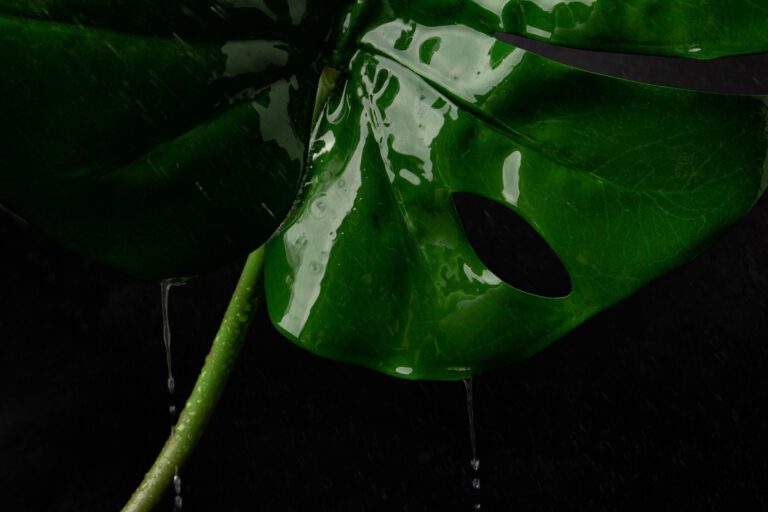
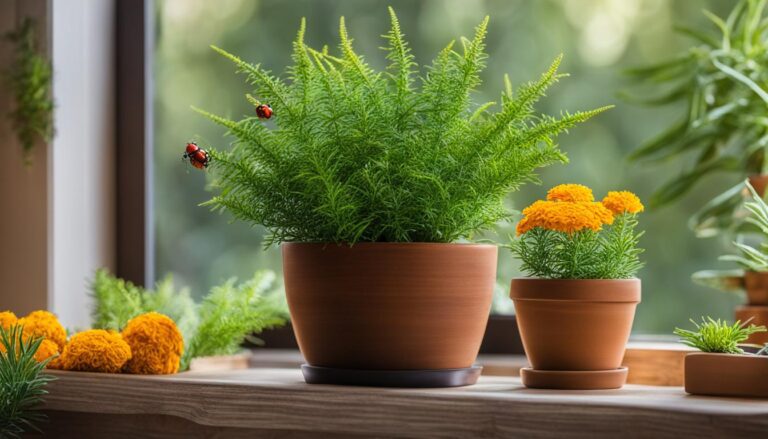
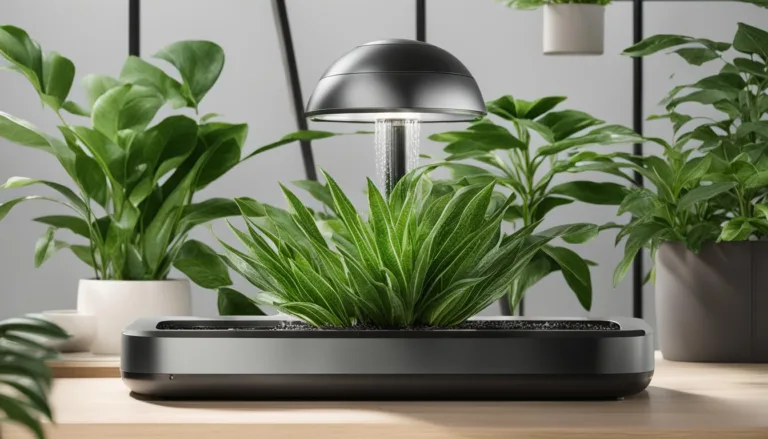
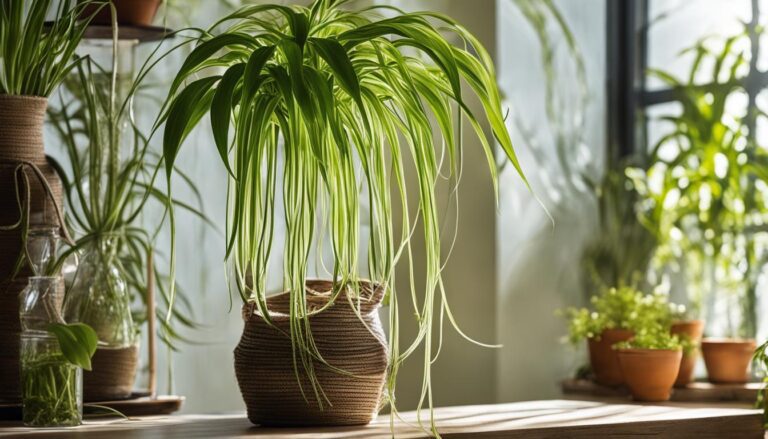
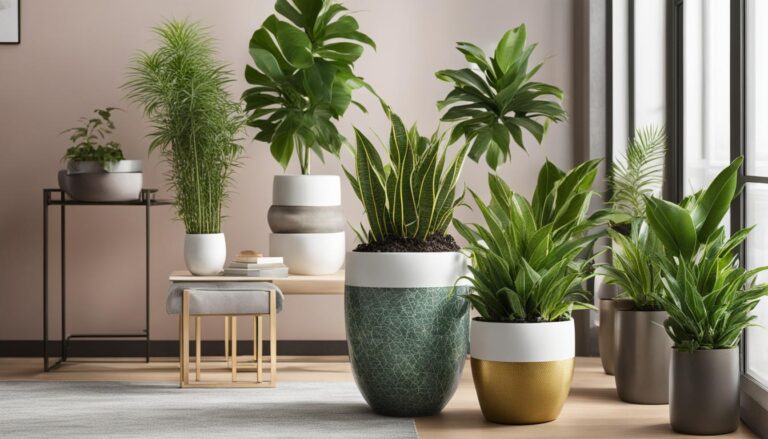
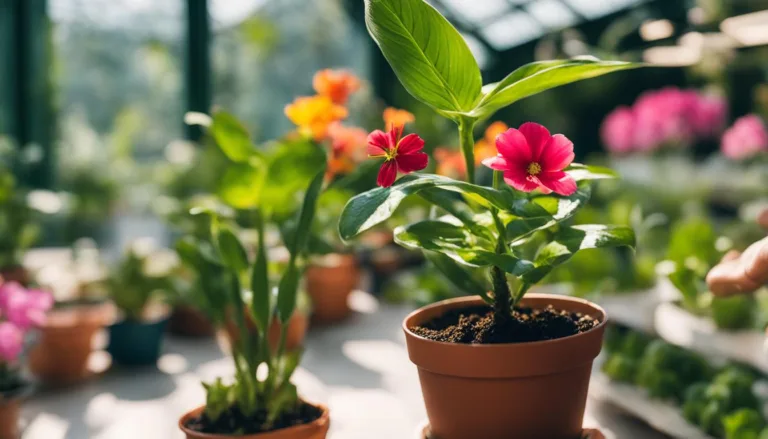
One Comment
Comments are closed.